
Thermobaric warheads for aircraft rockets are being tested in Ukraine
Tests of a thermobaric warhead with a penetrator core were conducted successfully in Ukraine, reports Militarnyi with the reference for SJSC Artem. The tests were conducted in cooperation with the State Research Institute of Chemical Products.
The warhead development is conducted in the framework of RS-80 rocket project.
The tested warhead is filled with a thermobaric mixture with a negative oxygen balance, which forms specific damaging factors during combustion (thermal – the temperature in the blasting zone with a radius of at least 4-5 m exceeds 1500 ̊C, and a sharp pressure drop – more than 2 bar). At the same time the shock wave remains the main kill effect.
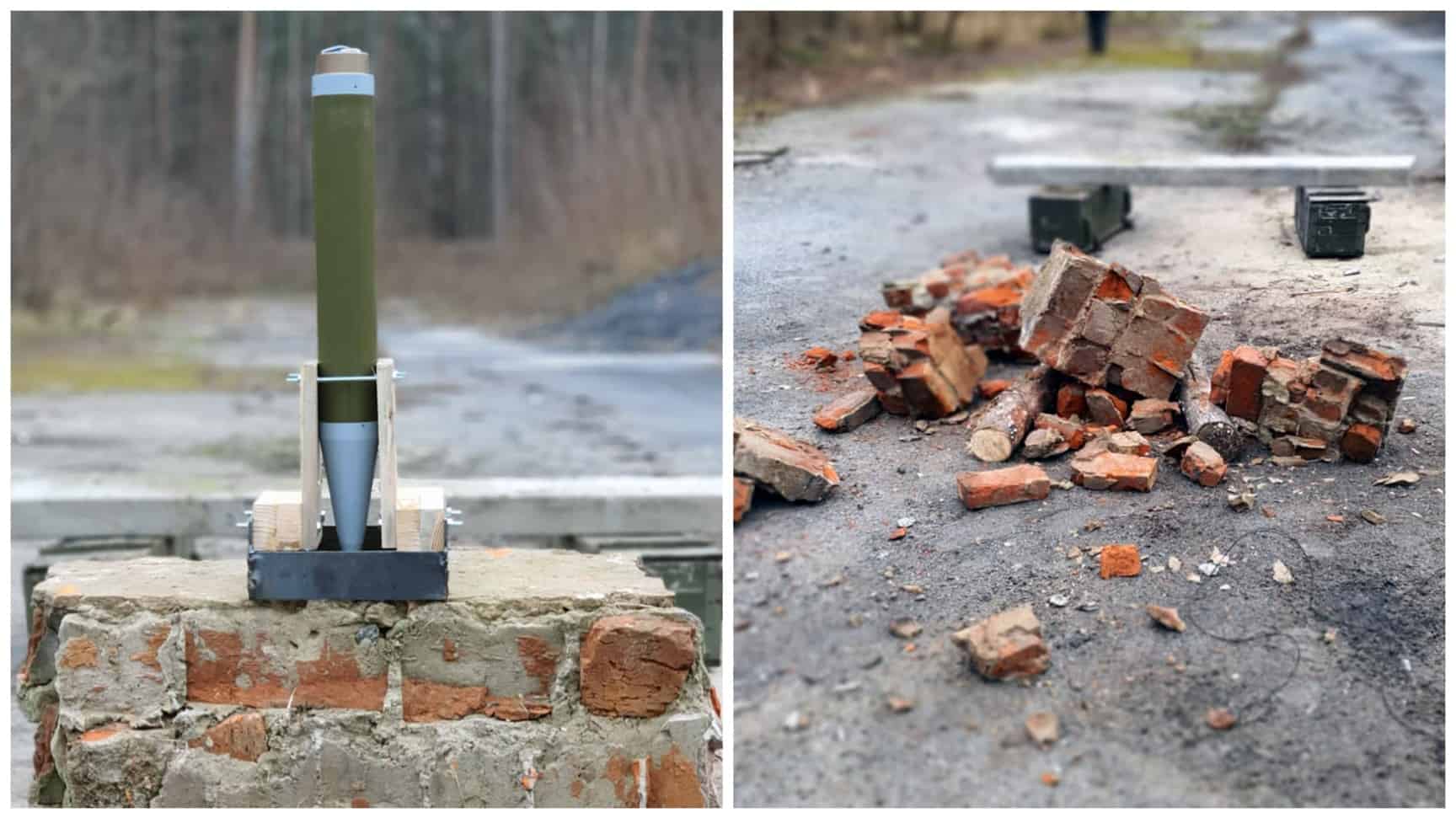
The shock wave, produced by a thermobaric warhead does not move in a straight line, which provides effective damage to people and objects protected by sandbags and body armor.
The shock wave is amplifies by reflection from walls and other surfaces, thus it is very difficult to provide protection against a shock wave and thermal influence which extend for various obstacles.
Also, the warhead is highly effective in defeating indoor targets.

In addition to the main thermobaric charge, the warhead is equipped with a penetrator core, which allows to hit lightly armored targets (up to 40 mm of homogeneous armor), walls of buildings and shelters (including brick – up to 500 mm, and reinforced concrete – up to 200 mm). In other words the penetrator core leads the way for a thermobaric damaging factors into enclosed spaces, fortifications and lightly armored vehicles.
The obtained results open new opportunities for use of this warhead with advanced missiles and rockets (barrage ammunition, attack UAVs).

We remind that Artem Plant has recently conducted successful tests of HEF prototype warhead for RS-80 aircraft rockets.
SUPPORT MILITARNYI
Even a single donation or a $1 subscription will help us contnue working and developing. Fund independent military media and have access to credible information.


 Вероніка Грищенко
Вероніка Грищенко 
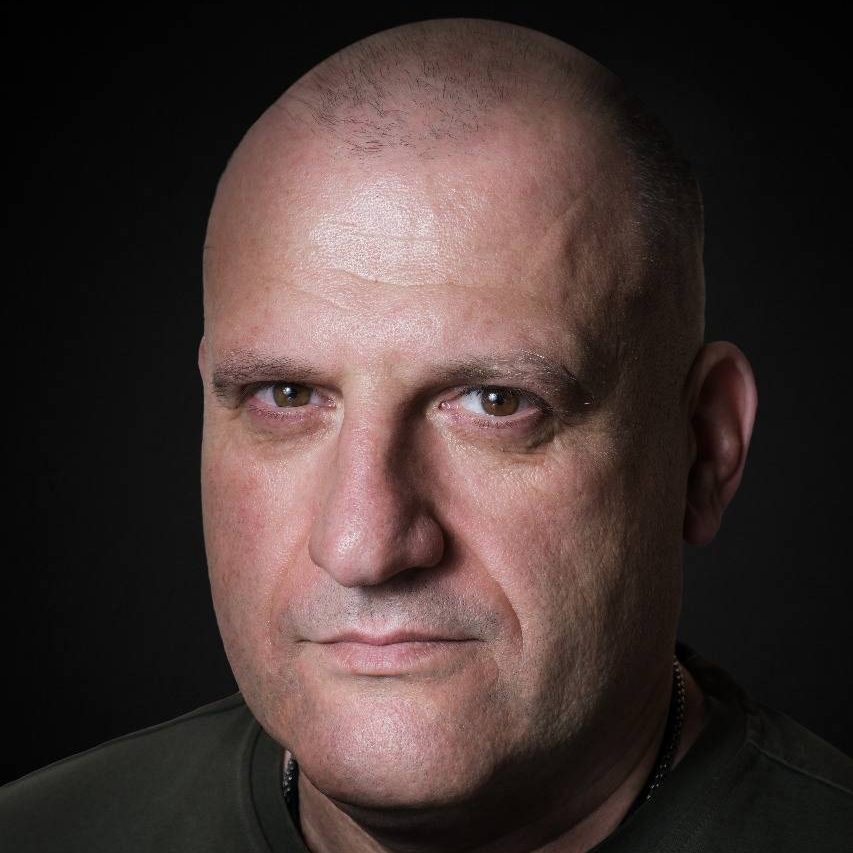 Андрій Соколов
Андрій Соколов 
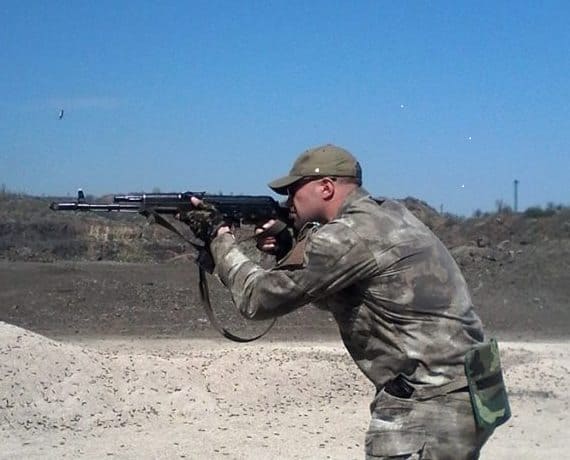 Urich
Urich 
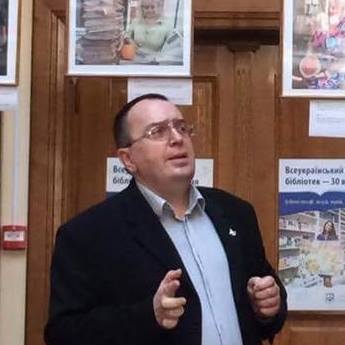 Андрій Харук
Андрій Харук 
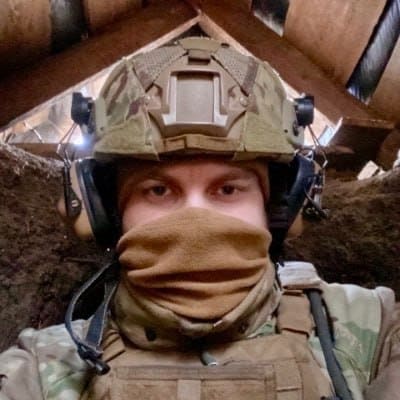 Контужений Безпілотник
Контужений Безпілотник 
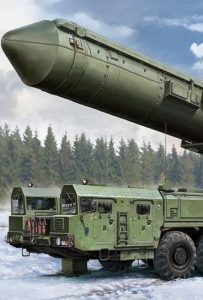
 Центр ініціатив ПЖ
Центр ініціатив ПЖ 
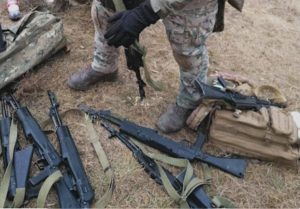

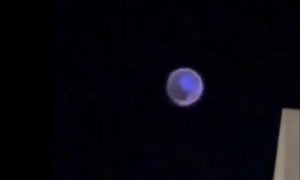
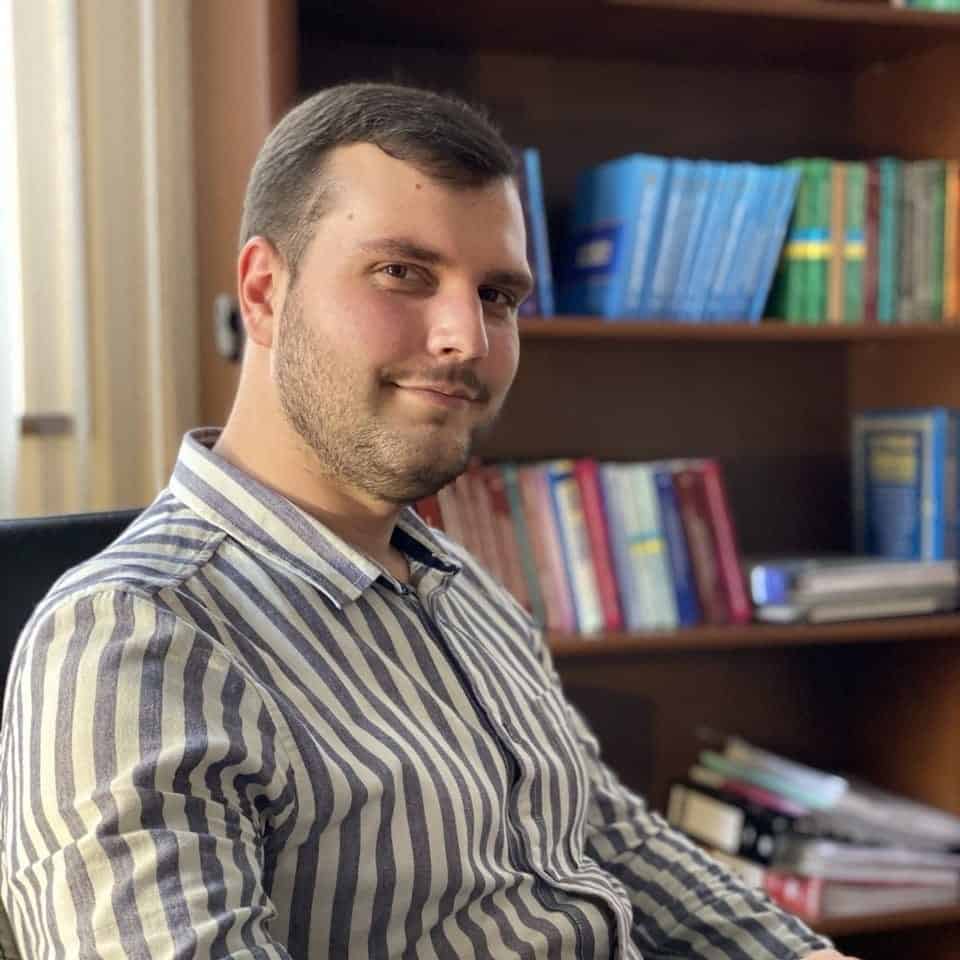 Vadim Kushnikov
Vadim Kushnikov 
 Андрій Тарасенко
Андрій Тарасенко 
 Юрій Юзич
Юрій Юзич 




